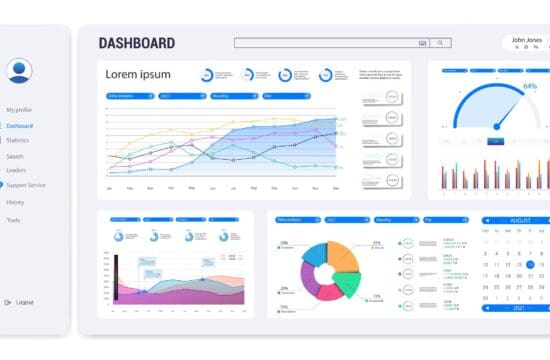Organizations faced costly consequences from cyberattacks
As we navigate the ever-evolving landscape of cybersecurity threats, the year 2023 has witnessed a series of high-profile data security breaches that have left organizations grappling with the aftermath. We delve into 10 major data breaches of the year, exploring the intricacies of each incident and unraveling the far-reaching impacts on affected entities. From sophisticated cyberattacks targeting government agencies to breaches in widely-used software, these incidents underscore the critical importance of robust cybersecurity measures in an era where the protection of sensitive information is paramount.
Top 10 Data Breaches of 2023
MOVEit –
Louisiana & Oregon –
Health Care Industry –
Fortra –
Microsoft –
MGM Resorts International –
A cyberattack that disrupted operations at one of the world’s largest gambling firms, MGM Resorts International, cost the organization at least $100 million. After discovering the attack, which compromised the personal information of some customers, MGM shut down some of its systems and brought law enforcement in to help investigate. The company set up a designated call center and offered credit monitoring services at no cost to the customer. A hacking group named AlphV claimed it was involved in the breach, according to Reuters.
JumpCloud –
23andMe –
Mint Mobile –
Real Estate Wealth Network –
This incident involved data exposure of 1.5 billion records in an unprotected database, revealing details on property owners, investors and sellers. A cybersecurity researcher said the exposed information included details on celebrities and politicians, such as Kylie Jenner, Blake Shelton, Britney Spears, Elon Musk & Associates LLC, Dolly Parton, and Nancy Pelosi. The researcher points out that while property tax records in the US are considered semi-public, full public access to ownership information is typically not available, Security Week reports. An exposure of this type could create a risk to the safety and security of high-profile figures and could also lead to property and mortgage fraud.
Cost of a Data Breach
The cost of a data breach or cyberattack can have profound financial repercussions for organizations. Beyond immediate financial losses, there are often long-term consequences such as reputational damage and customer trust erosion, which can lead to a decline in business. Investing in robust cybersecurity measures becomes not just a necessity for protecting sensitive data but also a strategic imperative for safeguarding the overall health and sustainability of an organization.
- $4.45 million – global average cost of a data breach in 2023, a 15% increase over 3 years.
- 51% of organizations are planning to increase security investments as a result of a breach
- $1.76 million – average savings for organizations that use security AI and automation extensively compared to organizations that don’t.
How Secuvy Protects Your Data
In the face of escalating cybersecurity threats, preventing data breaches has become a paramount concern for organizations. Secuvy addresses this urgent need with its advanced self-learning AI platform, facilitating a shift from reactive to proactive data management. The platform significantly reduces risk by discovering, classifying, and protecting sensitive data, aiding in certifications such as SOC2, ISO, 27001, 27701, and compliance with global privacy laws. Unlike traditional approaches, Secuvy’s dynamic and adaptive dimension ensures swift detection of anomalous patterns, constant refinement of security measures, and autonomous analysis of colossal data volumes.
The Secuvy Platform provides:
- Contextual Data Lineage – Expose intricate data interdependencies amongst individuals, departments, and 3rd parties. Secuvy builds a graph of relationships highlighting potential exposure and data risk.
- Data Loss Prevention – AI-driven data loss prevention intelligently identifies, classifies, and protects sensitive data across various platforms. The platform prevents unauthorized access and leaks while ensuring compliance in near real-time, significantly minimizing risks.
- Data Risk Metrics – Automates data risk metrics to autonomously quantify and evaluate data vulnerabilities. This streamlines risk assessment, enhances accuracy, and facilitates data-driven decision-making for improved security measures and data risk remediation.Contextual Data Deletion – Data deletion is a secure and irreversible removal of specific information from files, databases, and Software-as-a- Service (SaaS) applications. Automated data deletion minimizes the risk of data breaches, supports regulatory compliance, and upholds the principles of privacy by design.
- Continuous Discovery – With persistent monitoring, differential scans detect dark data. Locate hidden, unmanaged data for better compliance, security, and operational efficiency at Petabyte scale.
Contact us today to schedule a demo and see how Secuvy can protect your organization from breaches and attacks in 2024 and beyond!
























